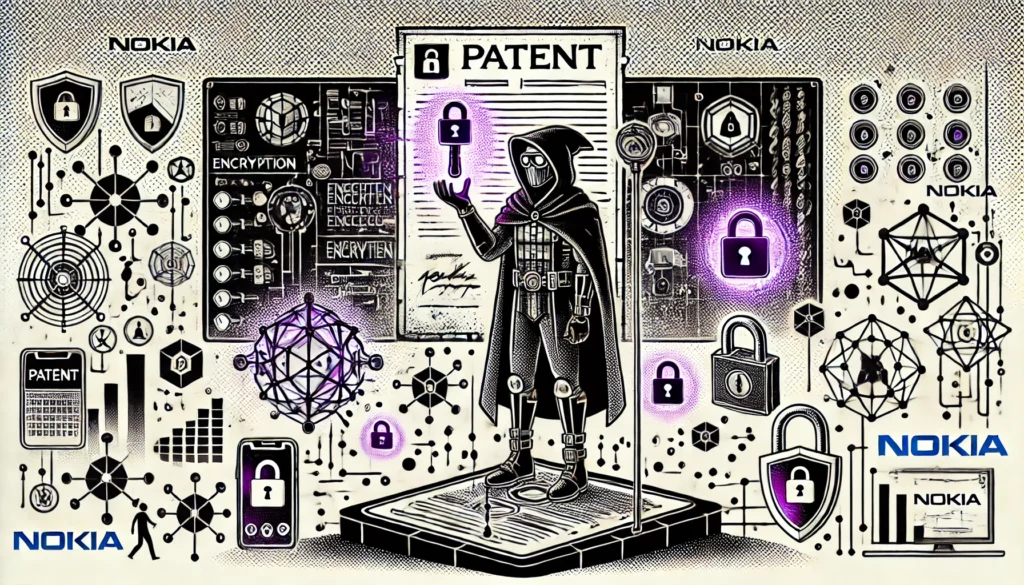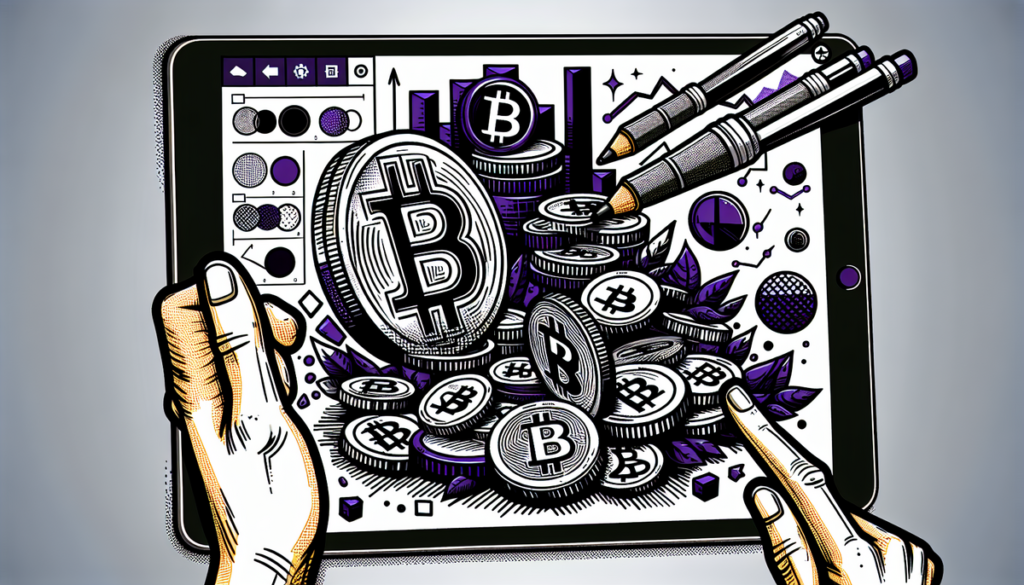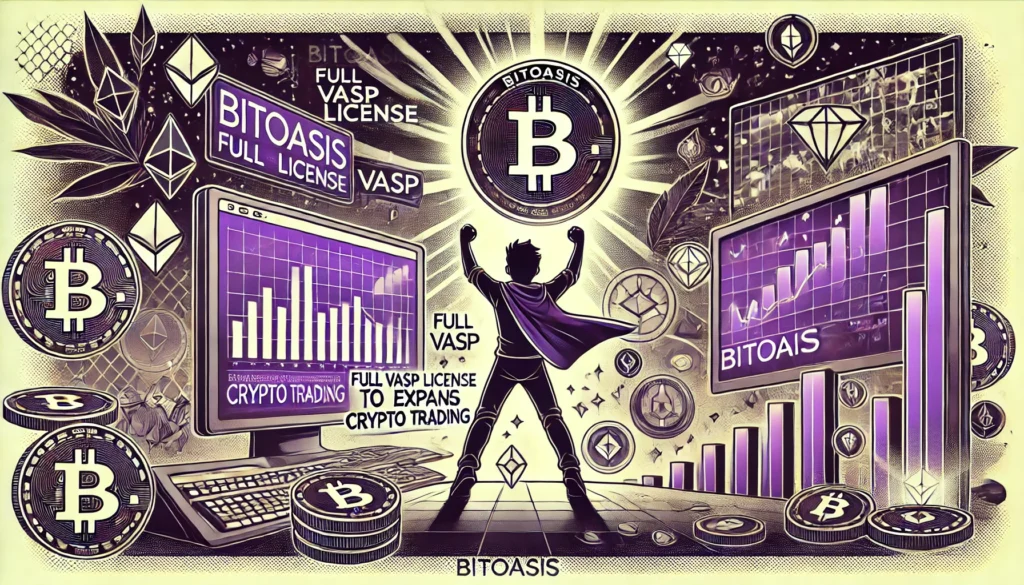Nokia Explores Digital Asset Encryption with New Patent

Nokia Digital Asset Encryption Patent Sparks Innovation
Nokia, a global leader in telecommunications and technology, has taken a major step into blockchain and digital security with its latest patent application focused on digital asset encryption. This move underscores Nokia’s commitment to advancing innovative technologies while addressing the growing demand for secure digital asset management.
Table of Contents
- Nokia Takes on Digital Asset Encryption
- The Importance of Digital Asset Security
- Implications of This Patent
- Strategic Move into Blockchain Technology
- What Does This Mean for the Industry?
Nokia Takes on Digital Asset Encryption
Nokia’s new patent, filed with the China National Intellectual Property Administration (CNIPA), focuses on innovative digital asset encryption methods. This strategic move positions the company as a key player in the growing blockchain space. The implementation of digital asset encryption can provide a significant boost to securing valuable assets like cryptocurrencies, NFTs, and other blockchain-based digital tokens.
The Importance of Digital Asset Security
With the digital economy expanding rapidly, ensuring the security of digital assets has become paramount. Digital asset encryption plays a crucial role in preventing unauthorized access, loss, or theft of these assets, which is essential not only for individuals but also for businesses operating in the blockchain ecosystem.
Why the Focus on Encryption?
Encryption is the backbone of digital security. Nokia’s move to patent a new encryption technology demonstrates its awareness of the evolving challenges in the digital asset space. This step is expected to enhance trust and confidence in using blockchain for various purposes, including payments, supply chain tracking, and more.
Implications of This Patent
Should this patent lead to a marketable technology, it could redefine how digital assets are protected worldwide. Nokia’s reputation as a pioneer in technology innovation could grant them a significant edge in the competitive blockchain and security landscape. This patent could also spur further development in secure digital ecosystems.
Addressing Market Demand
The growing interest in decentralized finance (DeFi), tokenization, and blockchain-based solutions highlights the demand for secure infrastructure. Nokia’s patent could be a crucial element for decentralized applications thriving on reliability and protection against data breaches.
Strategic Move into Blockchain Technology
Entering the digital asset encryption arena indicates Nokia’s long-term vision to diversify its offerings beyond traditional network equipment. By stepping into blockchain and encryption technologies, Nokia joins several tech giants aiming to address critical gaps in blockchain adoption.
What Does This Mean for the Industry?
Nokia’s patented encryption technique could lead to a more secure blockchain infrastructure, indirectly fostering the adoption of crypto and blockchain technologies across industries. If successful, it could set a new benchmark for innovation and security, encouraging other players to prioritize encryption and security in their blockchain applications.
The Road Ahead
While details of the patent’s implementation remain forthcoming, industry observers are optimistic about Nokia’s ability to deliver cutting-edge solutions. If effectively executed, this innovation could not only enhance Nokia’s digital portfolio but also elevate industry standards.
For more insights into the latest blockchain and technology trends, explore Metacandle. Stay up to date with emerging advancements that are shaping the future.







Responses